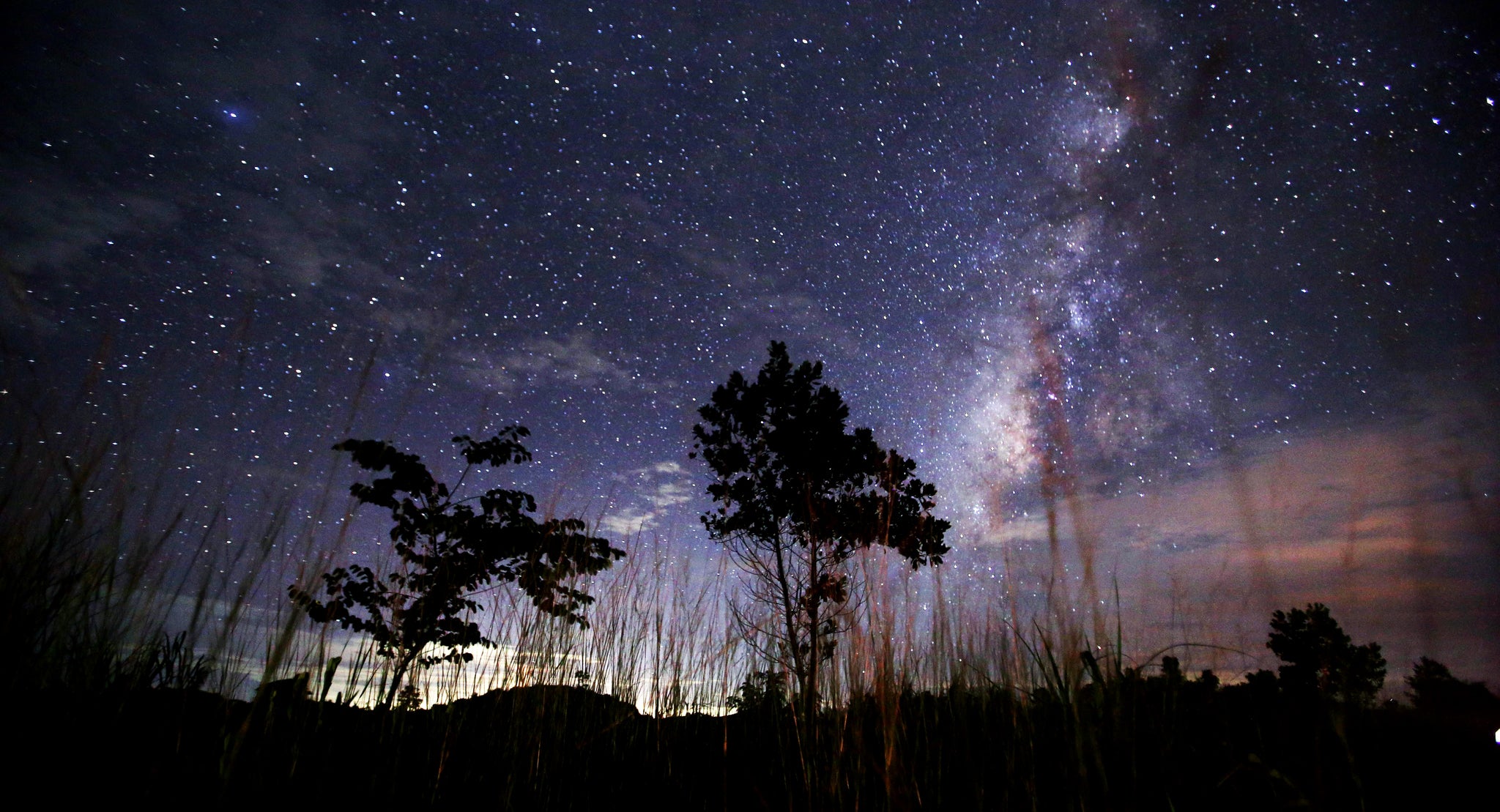Mysterious 'X-Files' sounds heard miles above the Earth
Whistling and hissing sounds are a mystery, says student who was 'surprised by the sheer complexity of the signal'

Your support helps us to tell the story
From reproductive rights to climate change to Big Tech, The Independent is on the ground when the story is developing. Whether it's investigating the financials of Elon Musk's pro-Trump PAC or producing our latest documentary, 'The A Word', which shines a light on the American women fighting for reproductive rights, we know how important it is to parse out the facts from the messaging.
At such a critical moment in US history, we need reporters on the ground. Your donation allows us to keep sending journalists to speak to both sides of the story.
The Independent is trusted by Americans across the entire political spectrum. And unlike many other quality news outlets, we choose not to lock Americans out of our reporting and analysis with paywalls. We believe quality journalism should be available to everyone, paid for by those who can afford it.
Your support makes all the difference.'Alien' sounds have been captured at the edge of space.
The hisses and whistles heard in the recordings were captured 22 miles above Earth, by a student last year. The recording equipment was sent up by a graduate student as part of a Nasa project to record sound from the edges of the atmosphere.
The microphones picked up "infrasound" — frequencies so low that they can't be heard by human ears. But speeding up the recordings means that the sounds can be heard.
That helped get the first infrasound recordings ever taken at such altitudes, according to Daniel Bowman, the University of North Carolina student who captured the sounds.
Bowman described the sounds as "like the X-Files", and scientists aren't sure where they came from.
Current guesses include sound from a wind farm, the ocean, wind or vibrations from cables on the balloon, according to Live Science. The scientists will be sending more devices up as part of the 2015 run of the project, and hope that they can learn more then.
"I was surprised by the sheer complexity of the signal," Bowman told Live Science. "I expected to see a few little stripes."
Bowman hopes that the recordings will be able to revive interest in infrasound recordings, which haven't been made in the stratosphere for 50 years. Some scientists have proposed sending similar equipment to the moon and Mars, where it might be able to pick up information about weather and the environment.
Join our commenting forum
Join thought-provoking conversations, follow other Independent readers and see their replies
Comments